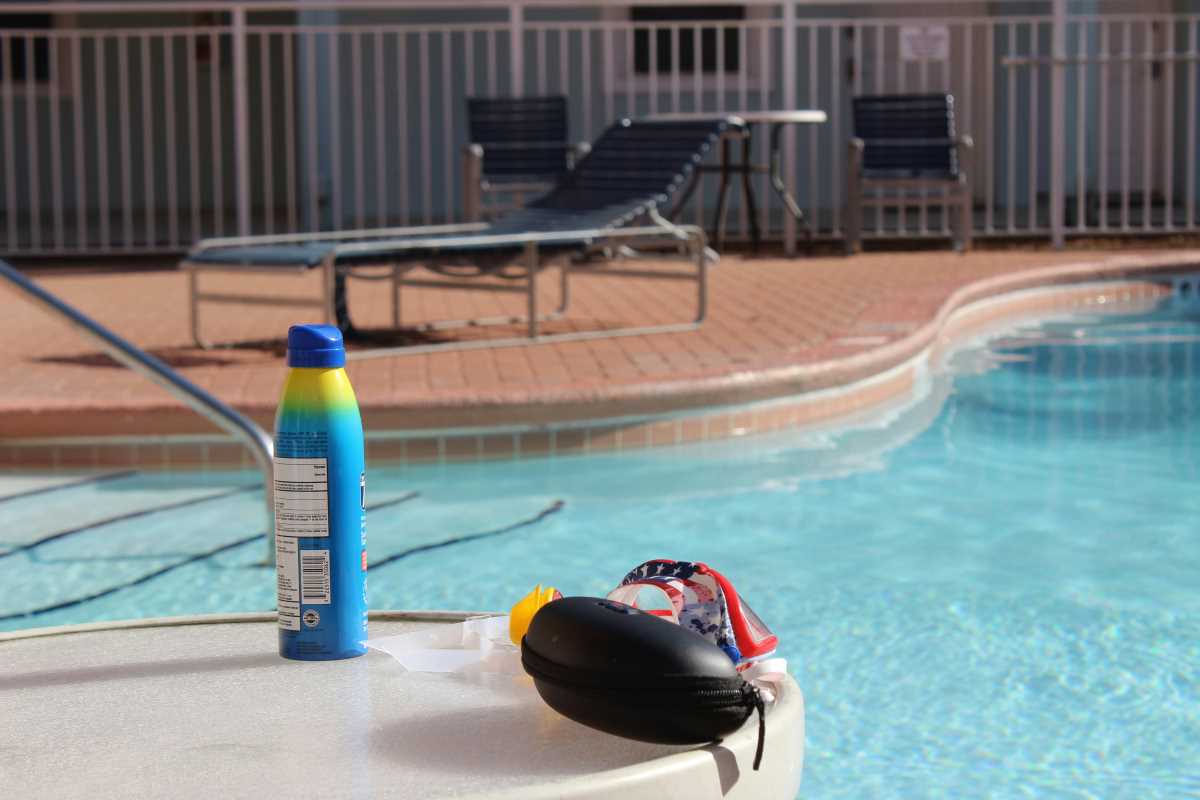Children dash across parks and backyards, their laughter echoing as they chase each other under the warm sunlight. Splashing through sprinklers or swinging a bat at a fast pitch fills each moment with excitement and joy. The golden sky above creates the perfect setting for these lively days, but it also brings the need for careful attention to skin protection. While kids enjoy every bit of their outdoor play, adults must remember that those sun-filled hours come with the responsibility to shield young skin from harmful rays. Simple steps can keep their days bright, safe, and full of smiles.
A lively day under a clear sky can cause unexpected redness or discomfort hours later. Caregivers add protective measures to play routines, boosting children's confidence and safe exploration. This method turns outdoor time into a lively chance to promote healthy habits, always based on practical tips suited for energetic kids.
New Insights on Outdoor Protection
- Impactful Playtimes: Active exploration often pushes children into bright spots of midday light. Recognize when UV levels are highest to plan backyard obstacle courses just before or after the strongest rays hit. Paying attention to this natural rhythm keeps children energized and their skin protected from long exposure.
- Movement-Based Shade: Portable shade structures move with play. Use an umbrella with a swivel base or a lightweight canopy on wheels to encourage kids to chase shade as they move during bicycle tag or backyard scavenger hunts. That flexible coverage provides protection without disrupting active games.
- Sun-Responsive Clothing: Pick garments that adapt to light levels to improve comfort and safety. Fabrics treated to stiffen slightly under strong UV reflect more rays back into the atmosphere. Choosing shirts and hats with this technology eliminates the need to constantly reapply barriers on restless arms and faces.
Shade Strategies Step-by-Step
- Scout and Mark Key Zones: Walk the outdoor area before play starts. Find spots that stay shaded during the session. Mark those areas with visible flags or breeze-resistant banners. Repeat this mapping each month as foliage grows taller or trimming patterns change. Keep a small kit of lightweight banners ready in a snug pouch. Bright colors naturally draw children toward shade without a formal reminder.
- Create Mobile Canopies: Set up a pop-up tent with weighted corners and wheeled stakes. Secure it in the corner of open lawns or along trailside rests. Show children how to adjust the canopy angle for changing sun paths. Practice collapsing and re-erecting the structure in less than two minutes. A basic pop-up tent costs about twenty to thirty dollars and fits into a standard backpack. Use colored tape to mark tension points for quicker setup.
- Shadow Tag Game: Make a version of tag where "it" must stay in shaded spots. Outline shade boundaries with rope or chalk so children know where to chase each other. Change the role of "it" every five minutes to promote steady movement instead of relentless sun exposure. No extra gear needed, and you can start anywhere your group gathers. Kids enjoy the playful variation, and you strengthen group awareness around cooler areas.
Useful Gear and Devices
1. Wide-Brim Hat Choice
Key Idea: Structured canvas crown and stiff brim
Purpose: Protects face, ears, and back of neck from direct sunlight
- Steps:
- Pick a hat with at least a two-inch brim
- Adjust inner band for a snug fit
- Check seams for loose threads
- Rinse and air-dry after sweating
- Store in a ventilated space
- Cost/Availability: Roughly $10–$25 at outdoor stores
- Insider tip: Attach a lightweight pop-up reflector under the brim to increase reflected shade without adding bulk
2. UPF 50+ Swim Shirt
Key Idea: Tightly woven synthetic fabric
Purpose: Blocks over 98% of UVA and UVB rays
- Steps:
- Check UPF rating tag near the hem
- Pick a snug yet stretchy size
- Rinse after chlorine contact
- Air-dry flat to prevent warping
- Replace after twenty washes
- Cost/Availability: About $15–$30 online or at swim shops
- Insider tip: Choose darker solid colors for extra protection; they usually reflect less heat than lighter patterns
3. Sunscreen Stick Pack
Key Idea: Non-greasy solid application
Purpose: Makes even coverage on small faces and ears simple
- Steps:
- Twist the base until the product peaks
- Glide the stick over the nose, forehead, and cheeks
- Press gently to blend
- Reapply after water activities
- Cap tightly to prevent drying out
- Cost/Availability: $5–$10 for a two-pack at pharmacies
- Insider tip: Keep sticks in a small insulated pouch to stay firm during hot days
4. UV-Detecting Wristbands
Key Idea: Silicone band that changes color
Purpose: Visually indicates when UV levels become unsafe
- Steps:
- Put the band around the forearm
- Check the color every hour
- Refer to the color guide printed inside
- Move to shaded areas when warning shades appear
- Reset after two days of sun exposure
- Cost/Availability: About $8 online
- Insider tip: Match bands with a waterproof clip-on timer to ensure regular checks without using a phone
5. Lightweight Sun Shelter
Key Idea: Pop-up frame with slots
Purpose: Provides instant shelter during long visits to playgrounds or beaches
- Steps:
- Take the shelter out of its compact bag
- Push outward until the frame clicks into place
- Secure stakes or weights at each corner
- Adjust the pitch toward the peak sun
- Pack foldable sandbags for extra stability
- Cost/Availability: $25–$50 at sporting goods and beach stores
- Insider tip: Mark each pole with colored grip tape so children can help set it up faster
Adjusting Routines for the Hottest Play Times
Shift outdoor play slightly earlier or later to avoid peak sun hours and keep energy levels high. Add quick hydration and sunscreen breaks every 20 minutes to blend fun with sun safety. With a few smart adjustments, outdoor play stays joyful, active, and protected.
 (Image via
(Image via





